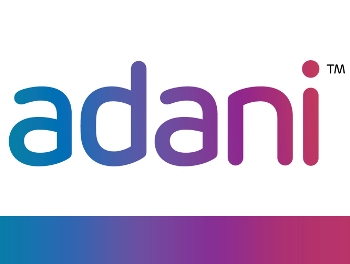In the face of stiff competition from international and domestic bidders, Bharat Heavy Electricals (BHEL) has bagged a prestigious contract for the supply and installation of the lectrostatic Precipitator (ESP) package for the 2x800 MW Darlipali Super Thermal Power Project (STPP). Valued at around Rs.220 Crore, the order for the ESP package has been placed on BHEL by NTPC Limited for the upcoming Darlipali STPP in Sundargarh district of Odisha.
Vedanta Group firm
Sterlite Technologies, which is into heavy electrical equipment in the power and telecom sectors, will be investing up to Rs 900 crore in the next 12 months. The company has plans of investing Rs 8,000 crore till FY19 and it will invest Rs 800-900 crore in the next one year as part of the same plan. Moreover, the company is undertaking multiple projects as part of an eight-year plan, which will be implemented as part of the capex plan. The company, which is 55 per cent owned by a holding company owned by mining and resources major Vedanta Group, will raise around three-fourths of the capital requirement by raising debt, while the rest will be equity.
To fund its increased capital expenditure plans for product development Tata Motors, India’s biggest automaker, is on a fund raising spree. The Mumbai-based company is raising a further Rs 300 crore through a bond sale which is expected to hit the market in the coming days.
The country’s largest two-wheeler maker
Hero MotoCorp has lined a total investment of over Rs 5,000 crore across the globe, including manufacturing plants in Colombia and Bangladesh, and the new plants coming up at Gujarat and Andhra Pradesh and the Hero Global Centre for Research & Design at Kukas in Rajasthan. Meanwhile, the company has reported 8.05 per cent decline in its sales in October to 5,75,056 units. The company had sold 6, 25, 420 units of two-wheelers in October 2013.
State-run
Rashtriya Chemicals and Fertilisers (RCF) will soon invite bids for its proposed Rs. 4,500-crore urea capacity expansion at its Thal plant near Mumbai. The company is getting the bids and the lump sum turn-key bids. The company will soon invite bids, which will be followed by a detailed project report. The Mini-Ratna company, which has said that it will be raising fertiliser prices by 2-3 per cent to offset the natural gas price hike impact on margins from this month, is going to set up a new urea capacity at its Thal plant near Mumbai with an estimated investment of Rs 4,500 crore.
Mahindra and Mahindra's (M&M) subsidiary, Mahindra First Choice Services (MFCS), a leading chain of multi-brand car workshop service is in the process of expanding its network across the country. MFCS’ all-India network now encompasses 41 workshops of which 29 are COCO (Company-Owned Company-Operated) workshops and the rest - FOFO (Franchisee-Owned Franchisee-Operated) service stations. It plans to expand the network to 100+ workshops by the end of this fiscal and reach the 600-mark by 2018.
Shobha and Ekta Kapoor-owned production house
Balaji Telefilms, with interests in films, television and events, is looking at TV-centric intellectual property rights as an additional revenue booster. One such property the company is betting on is the sports reality show, Box Cricket League (BCL).
Tata Steel has proposed to revise the compensation package for families displaced by its Gopalpur project in Ganjam district. The package will be announced after the government gives its go-ahead. In 1996, people of Sindhigaon, Badapaur, Patrapur, Kalipalli and Paikapada villages near Gopalpur were displaced when the company acquired 2,970 acres for the then proposed shore-based mega steel plant. People of eight other villages were affected by the project.
| 
















